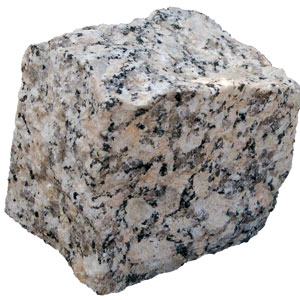How to Identify Types of Rocks

If you want to properly identify different types of rocks, it is very important that you first learn how they are formed and what classification they come under. There are three main types of rocks – igneous, sedimentary and metamorphic. Once you understand the difference between these rock types it will definitely help you in identifying them.
Things Required:
– Vinegar
Instructions
-
1
Understand rock formations:
It is very important to first understand the three main rock types. These are based on the method of the rock formation.
Igneous rocks form from the molten materials as they cool and become solid. These types of rocks are usually formed on the surface of Earth. Basalt, solid lava and granite fall in to this category of rocks.
Sedimentary rocks are formed from clay as it becomes solid. These types of rocks are readily found because major rivers, wind and ice move them around. Most sedimentary type of rocks contains fossils. Types of sedimentary rocks include shale and limestone.
Metamorphic rocks are formed of one particular type but then changes to a different type from pressure and heat that it is subjected to over time. Marble is an excellent example of metamorphic rocks. -
2
Learn to identify rocks:
You will want to first clean off the rock sample that you are looking to identify. Next, check the texture of the rock and try to identify if it is grainy, porous, solid or crystallized.
You can also easily apply some vinegar to the rock sample and if it reacts then you might either have marble or limestone.
If the vinegar does not react then you will have to look at the color and size of any particles or crystals in the rock sample. If the size of the particles is big then you might have conglomerate but if the particles are small then the rock sample might be sandstone.
If you are still having trouble then check for any holes that might be present in the rock sample. Examine the color of the holes as anything that is light might be tufa but if the holes are dark then it could be pumice.
Check the surface to see if it is dull, glassy or shiny as this will definitely help you identify your rock sample. Also, make a careful examination of the various layers in the rock sample to classify it properly.




